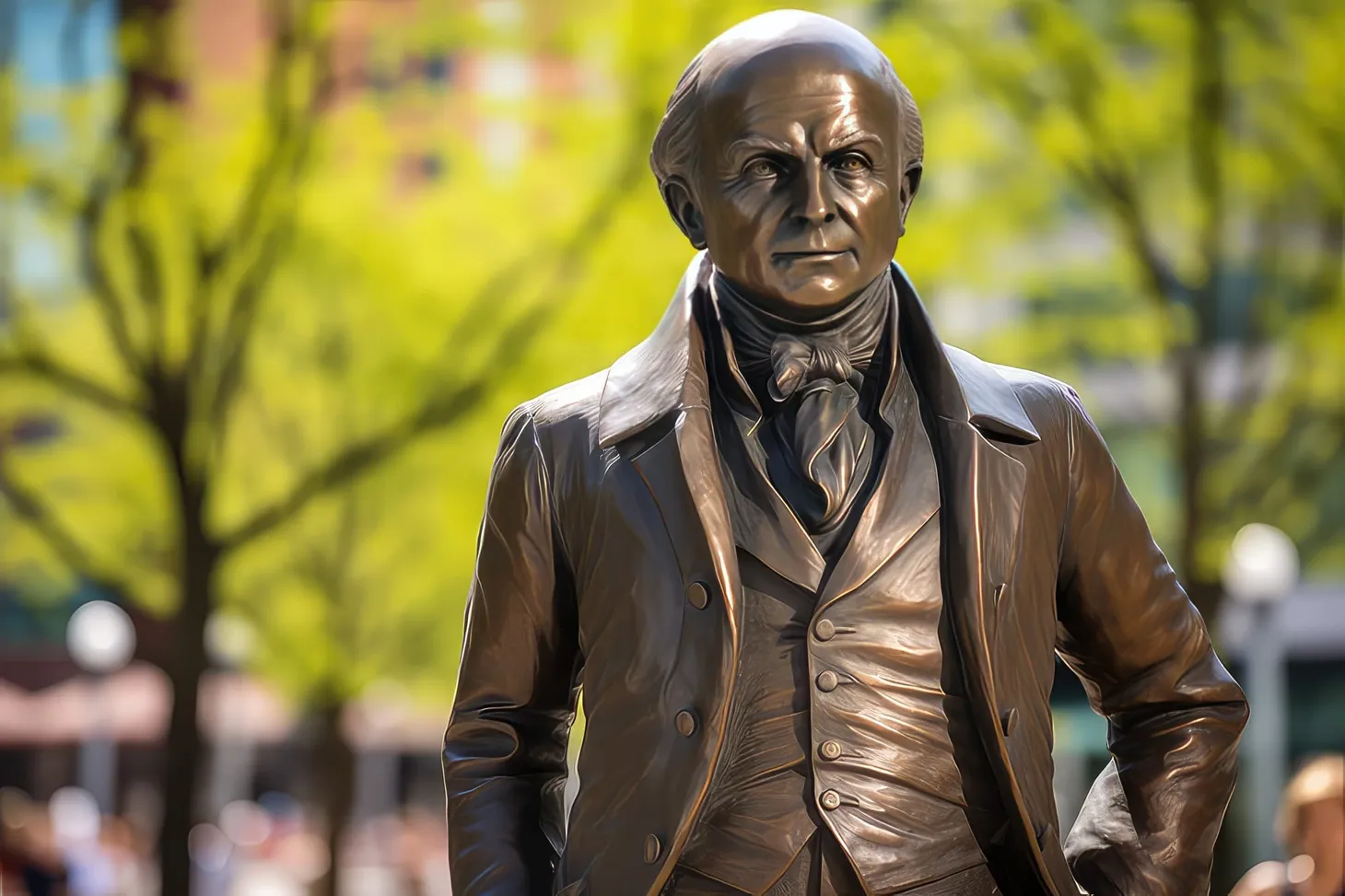Leadership Failures and the Innovation Lessons Learned
Individuals in a position of leadership have a heavy weight of responsibility on their shoulders, particularly when it comes to the innovation process. Breaking the laws of innovation can cause the entire process to crumble. Learning from the leadership failures of others can offer some insight into

Individuals in a position of leadership have a heavy weight of responsibility on their shoulders, particularly when it comes to the innovation process. Breaking the laws of innovation can cause the entire process to crumble. Learning from the leadership failures of others can offer some insight into the challenges.
Some leaders, in fact, have gotten things completely wrong. Luckily, their past mistakes can provide lessons you can learn from along the path to developing your own innovation leadership skills.
Webvan: George Shaheen
Webvan's George Shaheen is the perfect example of a leader who failed to understand the product that he was trying to offer or his company's needs. Shaheen's failure was primarily financial. He spent too much, too fast, and relied on incoming funds that the company simply could not produce.
Webvan was an online grocer. The concept was simple: just place your order online, and groceries will be delivered to your door within 30 minutes. In theory, this was a great idea, and Shaheen had been hailed as one of the “greatest business consultants in the world.” It convinced him he could turn anything he touched into gold.
There was just one problem: Shaheen didn't understand the supermarket industry in the slightest. He had no idea of the overhead margins necessary, nor of the logistics required, in order to run the company effectively. Webvan collapsed quickly.
Leadership lesson learned: Don’t get cocky. Make sure you're willing to put in the effort necessary to research the market, particularly if you're moving into a new area for the first time. Or at least find the talent that does understand the market to guide you. If you're going to lead your team, the first step is to apply practical leadership principles and gain a solid understanding of the needs of the entire organization. Don’t get caught up in fundraising and IPOs if you don’t have the value to back it up.
Kodak
When digital photography totally wiped out the film as the way to take photos, Kodak was left with absolutely nothing to work with. The company had been hailed as a leader in the photography industry for years. However, they simply didn't have the innovation practices in place that would make it possible to keep up with the changing digital market.
Kodak even had people within the organization who were pushing for change, but those people were ignored. Leadership assumed since the company was flourishing, that it would continue to do so—that nothing could derail that progress. Before anyone could make any meaningful changes at the company, Kodak had declared bankruptcy.
Leadership lesson learned: Avoid complacency! Kodak executives assumed that the organization was and would continue to be in great shape if they just kept doing what they were doing—right until when the digital market took over. At that point, there was nothing they could do. It is key to keep up with the changing times and pay attention to new trends that may affect your industry. And always heed the warning voices within your own organization—your employees are on the front lines and probably have great insight into where your industry is heading.
Apple: John Sculley
Firing Steve Jobs from Apple seems unthinkable now, but in 1985, John Sculley, the CEO, thought it was for the best. Sculley admits freely that he did not know how computers worked. This placed him in a difficult position within the organization. Previously the vice president at PepsiCo, Sculley had plenty of leadership experience, but he didn’t have the knowledge necessary to understand what Apple needed to do to keep up shape an entire industry.
After a power struggle and some differences in opinion, the board fired Steve Jobs, and Sculley supported their decision. Losing Apple's founding member put the company in dire straits throughout the 1990s, lacking a vision and making poor technical product and design decisions. Though Jobs did ultimately return to Apple, it was after Sculley's tenure with the company was over.
Leadership lesson learned: Be sure that you understand the value that each employee brings to your team. Pay attention to the strengths of all employees, especially those that make up for your personal weaknesses.
The better you know every member of the team, especially those you are responsible for leading, the greater the likelihood that you'll be able to avoid making foolish mistakes. Sculley learned the embarrassing way that valuable employees—including the ones without business acumen but with a true vision—are the core of every team.
Learning From Leadership Failures
Leadership is an enormous responsibility. While successes are praised, leaders also get blamed for every mistake.
Phil McKinney
By learning from the lessons of leaders who have gone and experienced leadership failures before you, you can help avoid those pitfalls and become a more effective leader for your team. Looking for more ways to improve your leadership strategy for innovation? Consider reaching out to Techtrend, an innovation agency that has the expertise and experience.
Phil McKinney Newsletter
Join the newsletter to receive the latest updates in your inbox.




